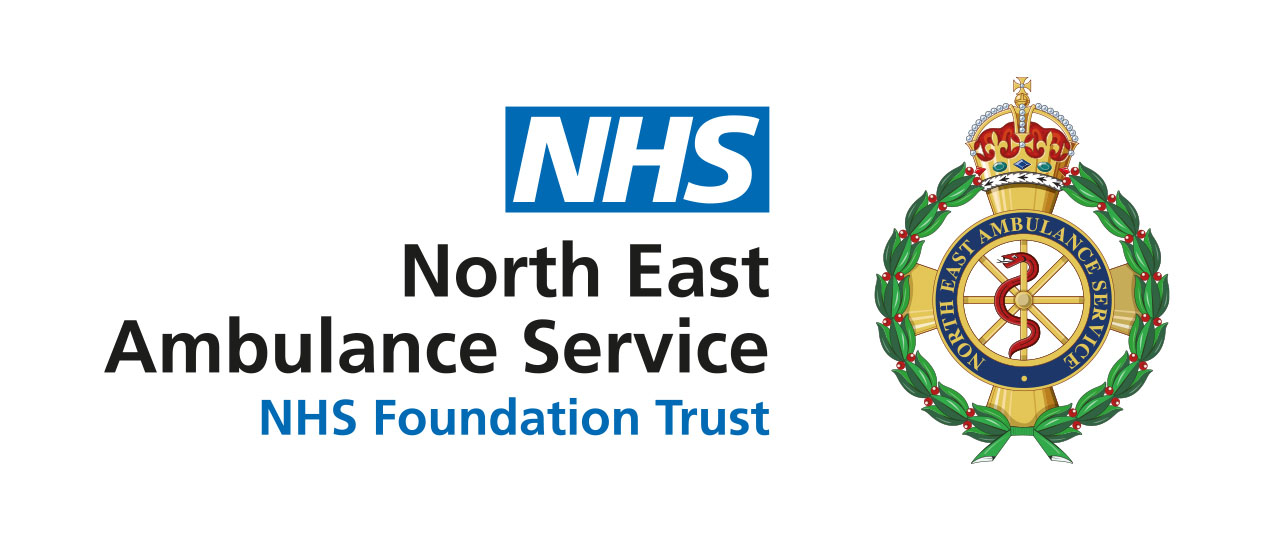Doctor thanks ambulance crews for saving his life
A doctor is looking forward to celebrating his 60th birthday with his family this month thanks to the determination of the ambulance crews who saved his life.
Dr Keith Milligan, a consultant in anaesthesia and pain management at James Cook Hospital, was with his wife Christine at their home in Stockton when he suffered a cardiac arrest and collapsed.
Christine, a retired nurse, rushed to his side and called 999 and with support from a NEAS call handler she began CPR, keeping the blood flowing around Keith’s body to supply his brain and vital organs with oxygen, until the arrival of the ambulance crews.
First on scene were Red Cross crew Nathan Thornton and Jessica Robinson, quickly followed by North East Ambulance Service clinical care managers Andy Dowson and Mark Harvey. Together they helped Keith, shocking him a total of 13 times with a defibrillator before he came round in the ambulance.
Keith, together with Christine and his son Chris, have now been able to thank the crews personally.
The 59 year old grandfather of five from Stockton, who will celebrate his 60th birthday next month, said: “I don’t remember much about what happened but I really wanted to put faces to names of the people that saved my life and thank them all in person. Without their help and Christine for doing CPR it may have been a very different outcome. It all seems surreal, like it didn’t really happen.”
Speaking at the reunion Christine, who has been married to Keith for five years, said: “I remember Keith leaning forward and saying he felt he was having a funny turn, then all of a sudden he slumped in his chair and I knew that I had to do something. I immediately rang 999 and started doing compressions on his chest.
“At that moment I just thought there isn’t anyone here to help me so I have to put my emotions aside and do the best I could for him. It wasn’t until the crews arrived that I realised the seriousness of the situation and I thought I had lost him.
“The quick response and the exceptional care and skills the emergency crews showed on that day saved my husband’s life and ultimately kept our family together.”
Keith was taken to James Cook hospital where he was looked after by his cardiology and anaesthetics colleagues in A&E. Keith later had an Implantable Cardioverter Defibrillator (ICD) fitted and has since been able to enjoy playing golf whilst on his road to recovery.
Clinical care manager and paramedic Andy Dowson, who joined NEAS in 2001, said: “It has been great to see Keith again today looking much better. It was definitely one of the more difficult cardiac arrests we’ve been to and it took a while to get a pulse back but we didn’t give up and seeing him today makes it all worthwhile. The fact that Christine was able to start CPR before our arrival made all the difference to Keith.”
Red Cross ambulance technician Nathan Thornton added: “Keith’s cardiac arrest was the first cardiac arrest I have been to. It has been an absolute pleasure to be able to send the end result of the work we do.”
Keith and Christine are keen to promote the importance of having CPR skills and have donated £300 to the North East Ambulance Service Charitable Funds to go towards installing a public defibrillator in their area as well as donating £300 to the British Red Cross.
Notes to editors
For more information, contact the NEAS press office on 0191 430 2099 or email publicrelations@neas.nhs.uk
About North East Ambulance Service
North East Ambulance Service NHS Foundation Trust (NEAS) covers 3,200 square miles across the North East region. It employs more than 2,600 staff and serves a population of 2.7 million people by handling all NHS111 and 999 calls for the region, operating patient transport and ambulance response services, delivering training for communities and commercial audiences and providing medical support cover at events.
In 2017/18 the service answered over 1.4 million emergency 999 and NHS 111 calls, responded to 280,00 incidents that resulted in a patient being taken to hospital, treated and discharged 27,000 patients with telephone advice and treated and discharged over 100,000 patients at home. In the same year, clinical crews responded to 126,746 of our highest priority patients within the national targets and scheduled care crews completed almost 580,000 patient transport journeys.
